The station at Shillingstone reflects the fortunes of the wider British railway network. Once thriving, it fell into disrepair but has been transformed thanks to the tireless efforts of a team of dedicated volunteers
by Lottie Hayton.
The history of the UK rail system is long and somewhat fraught. Beginning with the building of isolated local wagonways in the 16th century, things developed rapidly from the late 18th century as private companies developed a patchwork of links.
It was not until the so called ‘railway mania’ of the 1840s, however, that the number of stations increased and a national network truly began to form.
The Dorset Central Railway was one part of this and it was on 31 August 1863 that the station at Shillingstone, Blandford Forum, first opened as part of the Somerset and Dorset railway.
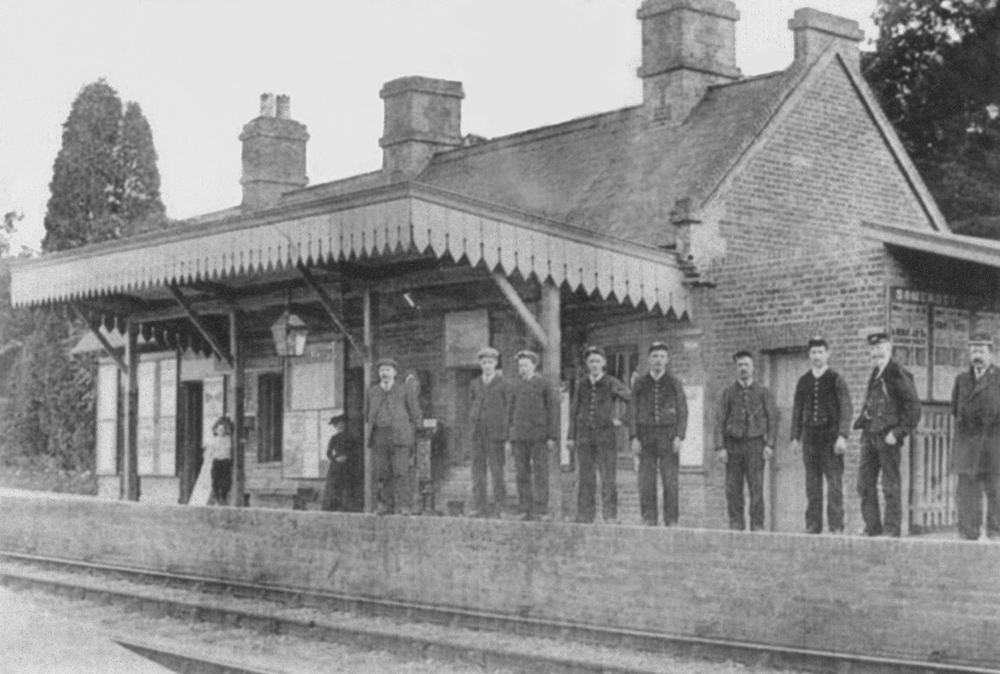
On parade in a very early photograph are the station master and eight members of the station team from the 1900s, courtesy Alan Hammond

North Dorset Railway Archives; on a misty day in January 1964,
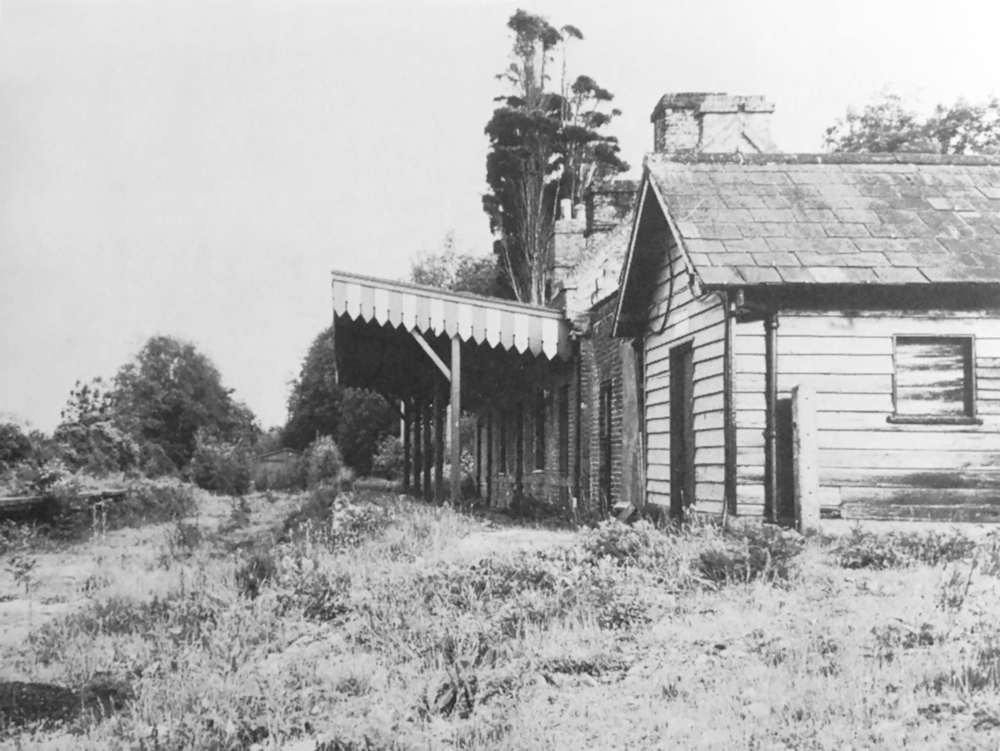
GWR Pannier Tank No. 4631 waited at Shillingstone station with the 13.15 Blandford to Templecombe freight, courtesy Alan Hammond, North Dorset Railway Archives
The ambition for this line was to build northward from Wimborne to join the Somerset Central Railway at Bruton and so enable a channel-to-channel link, from Poole to Burnham on Sea.
In its first years, the station was used by a large number of well-known figures, including Prime Minister William Gladstone, Edward, Prince of Wales, future King Edward VII, and Grand Duke Michael of Russia.
The period of ‘railway mania’ however, saw a stock market bubble form as larger companies rushed to purchase smaller ones and share prices increased as speculators invested more and more. Unfortunately, prices eventually collapsed and Shillingstone was just one of those to suffer.
The company in charge of the station had spent a lot of money adding passing places, track loops, sidings, signal boxes and additional platforms on the line. When the crash came, bringing a depression in trade, the Shillingstone line saw, in 1867, its first period of bankruptcy.
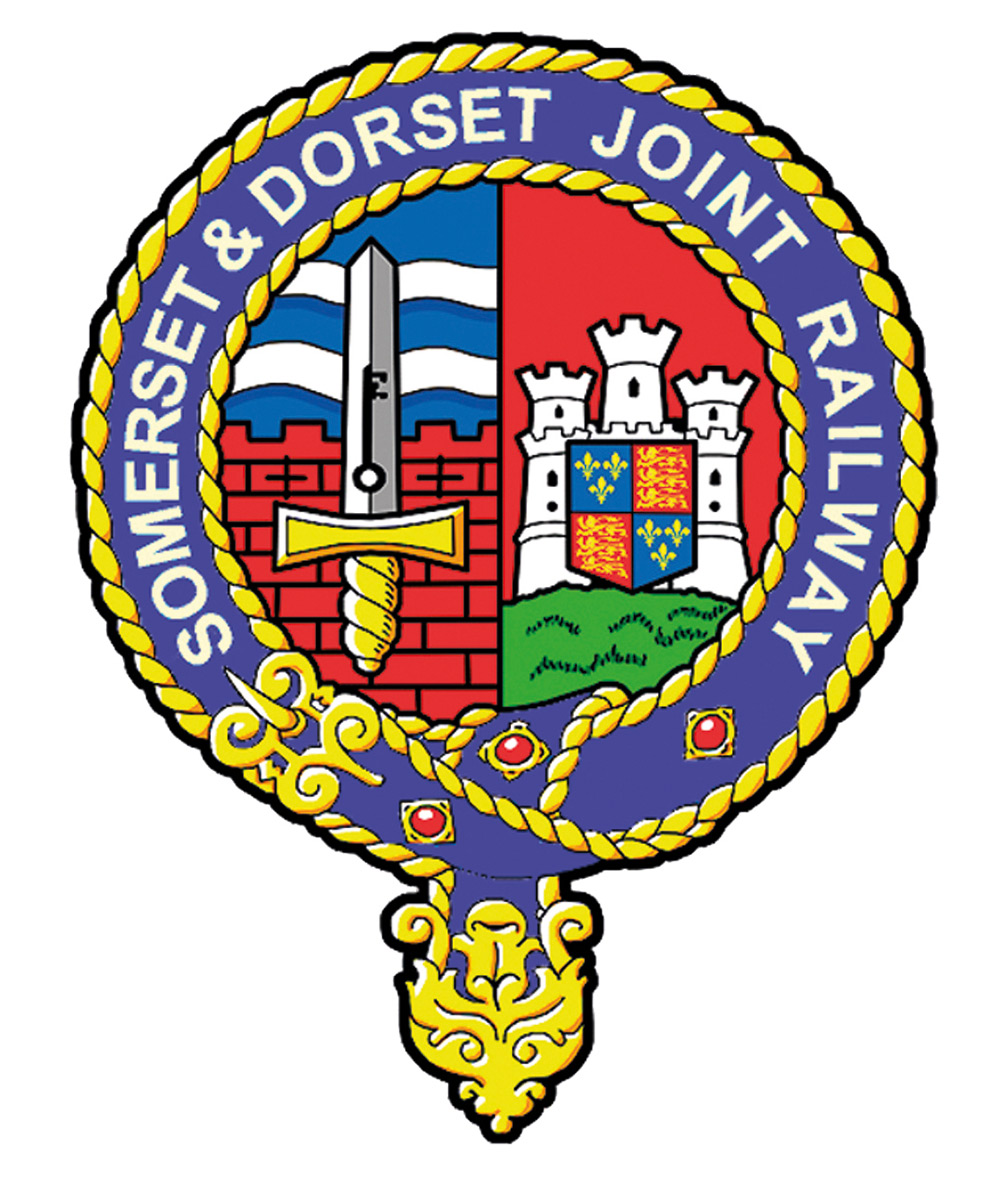
Despite a brief recovery, a decision to extend northward from Evercreech to Bath proved fatally expensive. In line with the national trend of the consolidation of the ‘Big Four’ companies as smaller ones went bust, the line was leased for 999 years to a consortium of Midland Railway and the London and South
Western Railway.
The First World War saw the government begin to oversee networks, offering the Big Four additional protection, although they were not yet nationalised. For Shillingtone’s line, the lease brought financial stability, new engines, coaches and wagons, as well as more staff, improved infrastructure and signalling.
This continued as the lines were nationalised, forming British Railways (BR), from 1948.
Initially under BR, despite few changes, usage increased and the network became more profitable, but another decline in passenger numbers from the late 1950s prompted the Beeching cuts, under which 55 per cent of stations, 30 per cent of route miles, and 67,700 British Rail positions were lost.
Shillingstone was one victim: the famous Pines Express was re-routed to run via Oxford, as was other passenger traffic. Freight traffic was moved to other lines and eventually in 1966, the line closed. Luckily, the station remained in place and in the 1970s and 80s, Dorset council rented it to various businesses.
Nationalisation once again became unpopular and in 1994 to 1997, rail operations were again privatised, with Railtrack initially taking over infrastructure.
Country-wide this sparked a renewed general interest in the condition of the railways, and at Shillingstone in the 1990s a group of volunteers were inspired by the station’s sorry state to restore it and create a new North Dorset visitor attraction.
In 2005, the County Council agreed to a lease and Shillingstone Railway Project began site and signal box clearing, rebuilding the porters hut and reconstructing the loading dock.
Platform renovations were followed by the opening of a café and facilities opening for hikers, cyclists, and visitors. Building on this, in 2017, the North Dorset Railway was formed, aspiring eventually to run passengers from Shillingstone to Sturminster Newton. Over the last five years work has been progressing to realise this and extend the line to Bere Marsh and beyond.
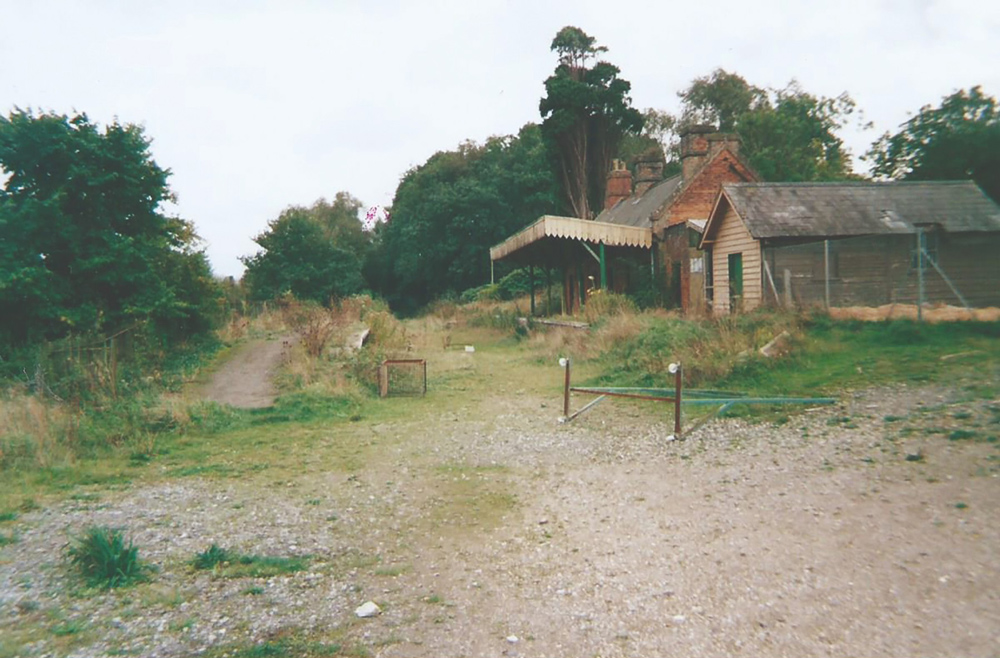
Nigel Moody visited the station during 1999 and 2001, and captured these images of its dereliction; in the 1990s a group of volunteers got together to begin renovations of the station, both courtesy North Dorset Railway Archives
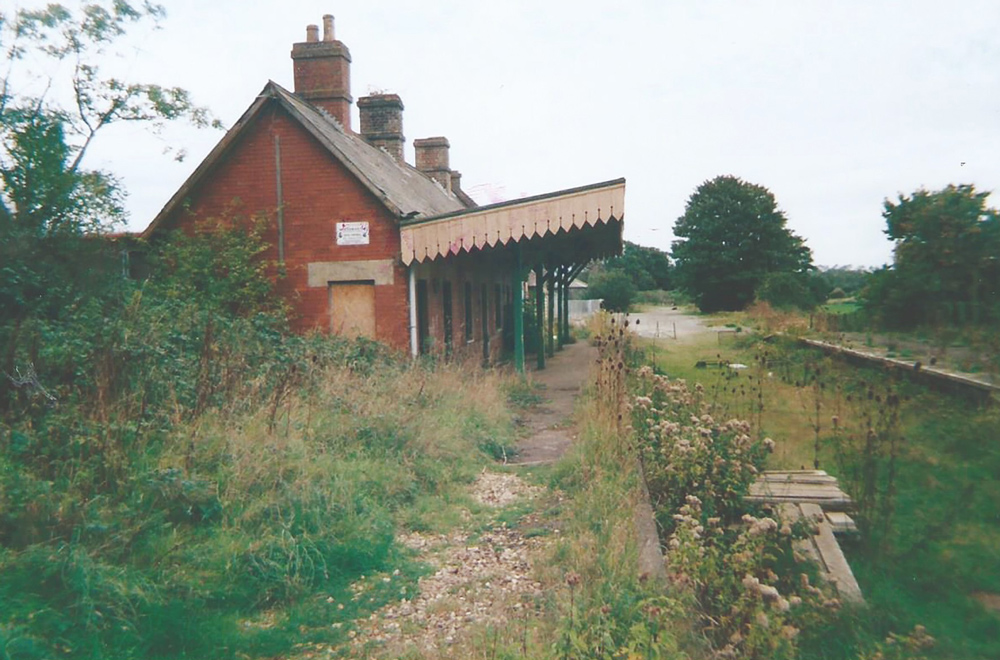
Nigel Moody visited the station during 1999 and 2001, and captured these images of its dereliction; in the 1990s a group of volunteers got together to begin renovations of the station, both courtesy North Dorset Railway Archives
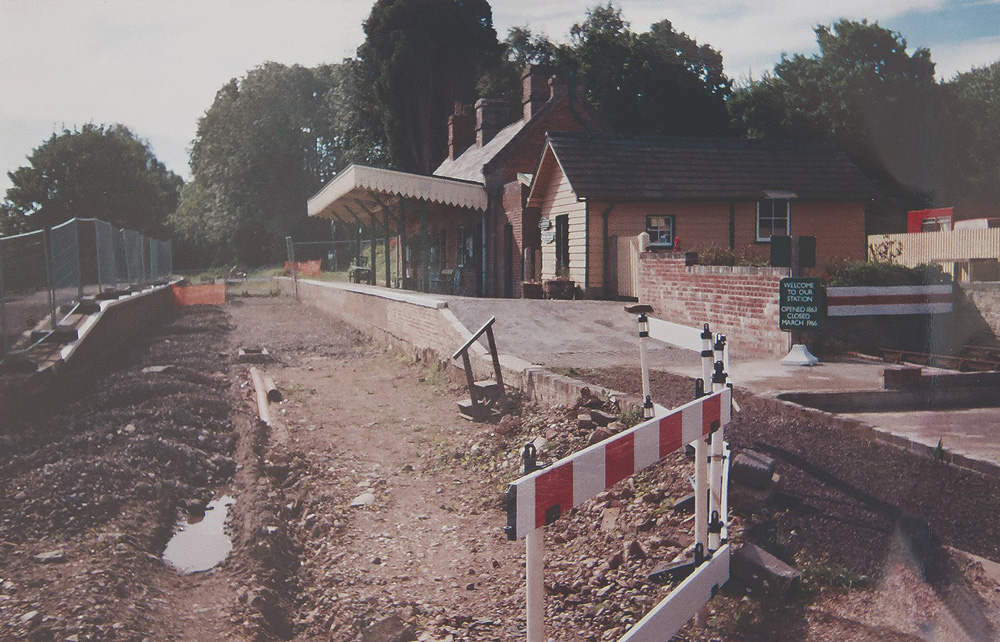
Nigel Moody visited the station during 1999 and 2001, and captured these images of its dereliction; in the 1990s a group of volunteers got together to begin renovations of the station, both courtesy North Dorset Railway Archives

Nigel Moody visited the station during 1999 and 2001, and captured these images of its dereliction; in the 1990s a group of volunteers got together to begin renovations of the station, both courtesy North Dorset Railway Archives
In 2024, the hope is to begin running brake van rides behind existing locomotives and volunteers have already begun preparations for passenger services.
Of course, ongoing battles over workers’ pay and regular strikes have plagued the modern railways and their new overseers, National Rail, who took over from Railtrack after the fatal Hatfield crash of 17 October 2000.
However, for Shillingstone at least there is a bit of peace, as it enjoys a new lease of life and sees visitors enjoy its history, perhaps even more so for the trials it has faced and overcome.
Thank you to North Dorset Railway Archives for access to their archives and research. For those wishing to visit, Shillingstone station is open Wednesdays, Saturdays and Sundays 10-4pm. The team is always on the lookout for volunteers and can be contacted at info@nothdorsetrailway.co.uk or on 01258 860696.





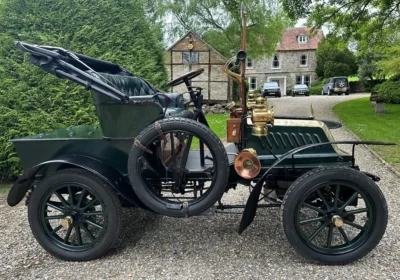

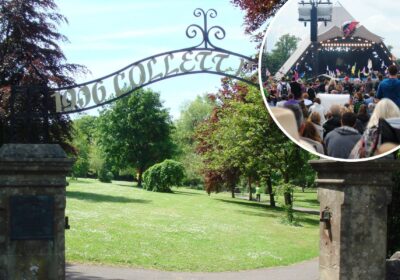



Leave a Reply